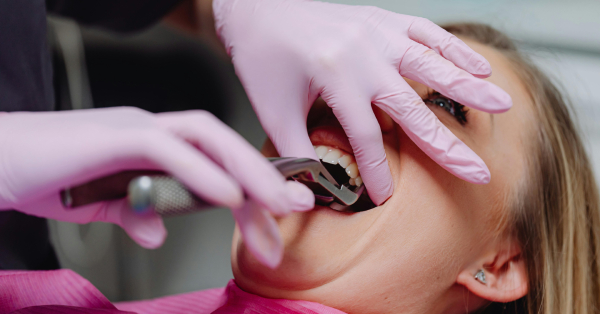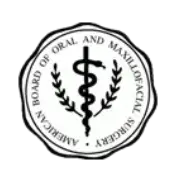Wisdom Teeth Removal in Washington: Recovery Timeline
Wisdom teeth removal is a common dental procedure that many individuals in Washington undergo to prevent future complications like overcrowding, infection, or impacted teeth. While the procedure itself is straightforward, the recovery process is equally important for ensuring proper healing.
In a previous blog post, we discussed what to eat after wisdom teeth removal. In this blog, we’ll break down the typical recovery timeline following wisdom teeth removal and provide tips on how to ensure a smooth and speedy recovery.
The First 24 Hours After Wisdom Teeth Removal
Immediately following your wisdom teeth removal in Washington, your primary focus should be on minimizing swelling and managing discomfort. It’s common to experience some bleeding, but it should taper off after a few hours. Your dentist or oral surgeon will likely advise you to bite down gently on gauze to help with clotting.
To reduce swelling, apply ice packs to your cheeks for 15-20 minutes at a time. This is crucial in the initial 24 hours, as it helps control inflammation. Pain medication prescribed by your oral surgeon will also assist in managing discomfort.
Days 2-3: Managing Swelling and Discomfort
Swelling tends to peak around the second or third day after surgery. You may notice puffiness in the face and tenderness around the extraction sites. At this point, switching from ice to warm compresses can help further reduce swelling. Stick to a soft-food diet, avoiding hot or crunchy foods that could irritate the healing areas. Soups, smoothies, and mashed potatoes are ideal choices during this phase.
Days 4-7: Gradual Healing and Return to Normalcy
By the fourth day, the swelling should begin to subside, and you’ll start feeling more comfortable. At this stage, you can gradually introduce more solid foods into your diet, but continue to avoid anything too chewy or hard. Keep your mouth clean by gently rinsing with salt water, as directed by your dentist.
For those who have undergone bone grafting in Washington along with wisdom teeth removal, your oral surgeon may ask you to come in for a check-up to ensure the graft is integrating well.
Week 2 and Beyond: Final Stages of Recovery
By the second week, most of the discomfort should have faded, and any lingering swelling should be minimal. Stitches used during the surgery may either dissolve on their own or be removed by your dentist. You should be able to return to your normal diet, although it’s still recommended to avoid anything that could irritate the surgical sites.
In cases where bone grafting was involved, the healing process may take a bit longer, but by the two-week mark, you should notice significant improvements. Your oral surgeon will schedule follow-up appointments to monitor the graft’s progress.
Conclusion:
Understanding the recovery timeline after wisdom teeth removal is essential for ensuring a smooth healing process. By following the recommended aftercare tips and staying attentive to your body's needs, you can significantly minimize discomfort and complications.
If you have any concerns or are experiencing persistent issues with your wisdom teeth in Washington, don’t hesitate to reach out. Dr. Tania Nkungula and his dedicated team are here to provide expert care and guidance tailored to your needs. Contact us at (202) 618-7007 to schedule a consultation and take the first step toward a comfortable recovery. Your oral health is our priority!






4.9 Stars
based on 134 reviews
5 Stars
based on 11 reviews
5 Stars
based on 11 ratings